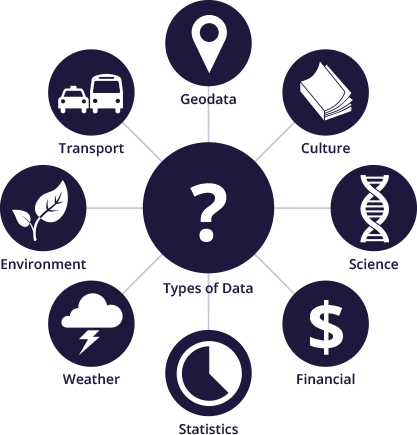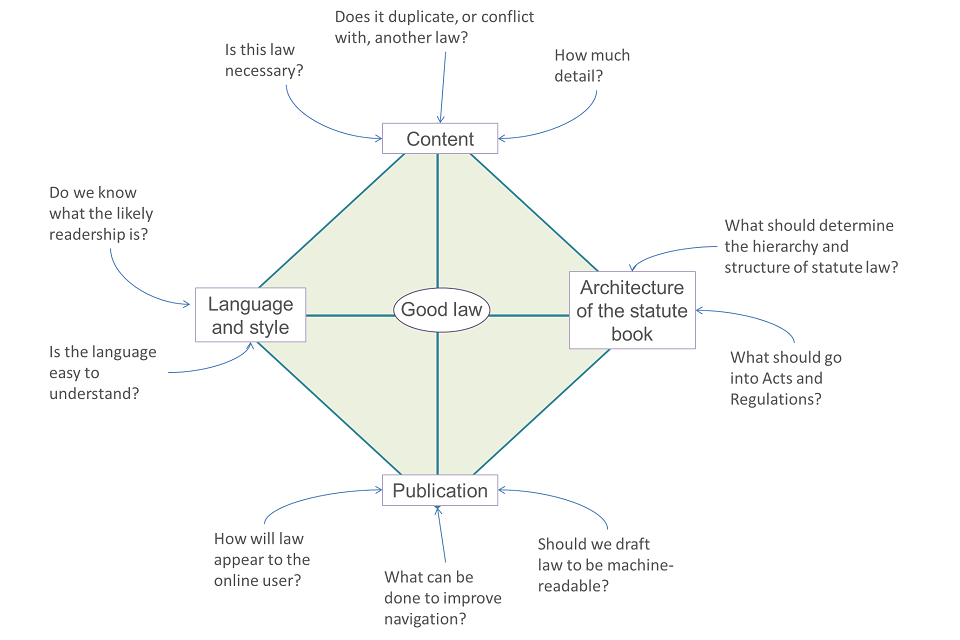Press Release of the UK Cabinet Office: “The 7 shortlisted initiatives vying for the Bright Spots award show how governments in Open Government Partnership countries are working with citizens to sharpen governance, harness new technologies to increase public participation and improve government responsiveness.
At the Open Government Partnership summit in London on 31 October 2013 and 1 November 2013, participants will be able to vote for one of the shortlisted projects. The winning project – the Bright Spot – will be announced in the summit’s final plenary session….
The shortlisted entries for the Bright Spots prize – which will be awarded at the London summit – are:
- Chile – ChileAtiende
The aim of ChileAtiende has been to simplify government to citizens by providing a one-stop shop for accessing public services. Today, ChileAtiende has more than 190 offices across the whole country, a national call centre and a digital platform, through which citizens can access multiple services and benefits without having to navigate multiple government offices.
- Estonia – People’s Assembly
The People’s Assembly is a deliberative democracy tool, designed to encourage input from citizens on the government’s legislative agenda. This web-based platform allows ordinary citizens to propose policy solutions to problems including fighting corruption. Within 3 weeks, 1,800 registered users posted nearly 6,000 ideas and comments. Parliament has since set a timetable for the most popular proposals to be introduced in the formal proceedings.
- Georgia – improvements to the Freedom of Information Act
Civil society organisations in Georgia have successfully used the government’s participation in OGP to advocate improvements to the country’s Freedom of Information legislation. Government agencies are now obliged to proactively publish information in a way that is accessible to anyone, and to establish an electronic request system for information.
- Indonesia – complaints portal
LAPOR! (meaning “to report” in Indonesian) is a social media channel where Indonesian citizens can submit complaints and enquiries about development programmes and public services. Comments are transferred directly to relevant ministries or government agencies, which can respond via the website. LAPOR! now has more than 225,350 registered users and receives an average of 1,435 inputs per day.
- Montenegro – Be Responsible app
“Be Responsible” is a mobile app that allows citizens to report local problems – from illegal waste dumps, misuse of official vehicles and irregular parking, to failure to comply with tax regulations and issues over access to healthcare and education.
- Philippines – citizen audits
The Citizen Participatory Audit (CPA) project is exploring ways in which citizens can be directly engaged in the audit process for government projects and contribute to ensuring greater efficiency and effectiveness in the use of public resources. 4 pilot audits are in progress, covering public works, welfare, environment and education projects.
- Romania – transparency in public sector recruitment
The PublicJob.ro website was set up to counter corruption and lack of transparency in civil service recruitment. PublicJob.ro takes recruitment data from public organisations and e-mails it to more than 20,000 subscribers in a weekly newsletter. As a result, it has become more difficult to manipulate the recruitment process.”



